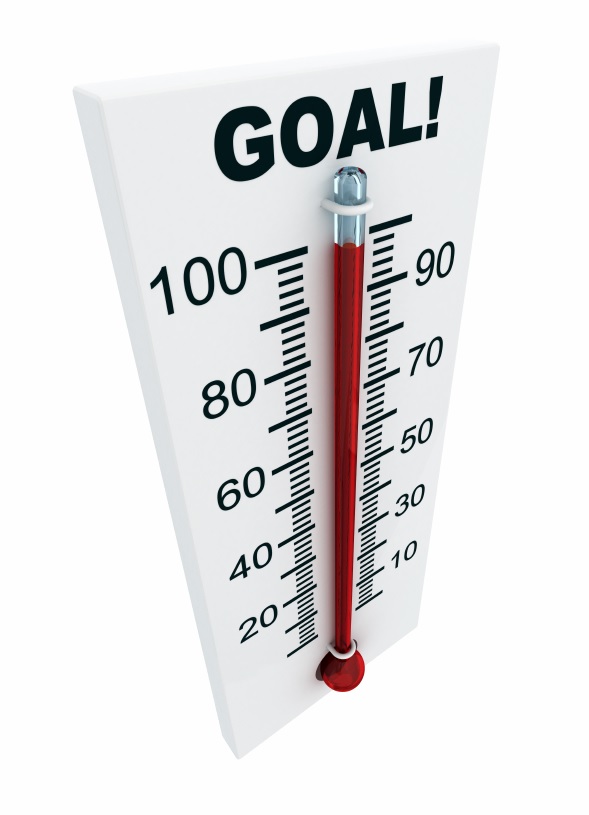It is a good idea to plan out the whole year to ensure a mix of activities and fundraiser types, to spread the load over the year, and to avoid clashes with known school events and busy times for school staff. It is also important to identify what you are fundraising for!
Mix it up
A good mix of fundraisers might look something like this:
- A major event (such as a fete, family day or evening).
- A product drive (such as cookbooks, biscuits, seeds, lunchboxes).
- ‘Something for the kids’ (such as melamine plates, tea towels or calendars with children’s art work - great at term 3 or 4 for Christmas).
- A community building event (such as a comedy night or trivia night).
- Mothers and Fathers Day stalls, student discos and raffles are extras in the calendar.
- Fundraisers that sit in the background.
Background fundraisers
‘Background’, or ‘passive’ fundraisers involve a benefit to your organisation when somebody purchases something or takes some other desired action (like test drives a certain car). These loyalty programs require a one-time sign-up, communicating the offer to your families, and the occasional reminder in your newsletter or via email. They are ongoing and can provide handy extra income and/or product vouchers to use as prizes. You can be involved with any number at the one time.
Many businesses offer such loyalty programs and make a donation to the school or P&C when parents make a purchase. Examples include name label suppliers (see their websites) and the Athlete’s Foot shoe shop. Some P&Cs have developed relationships with local real estate agents and receive a percentage of the sales commission when a home is sold for a parent or someone referred through the school. The online holiday booking service Quickbeds.com gives your group between $10 and $50 for every booking made using a code unique to your group. The fundraising directory website (fundraisingdirectory.com.au) has other examples.
When the reward for the school is for a purchase a parent would have made anyway, it really is a win-win situation. All of these fundraisers fall in the category of 'well it couldn't hurt', have the benefit of holding minimal risk, and are a handy addition to your fundraising plans.
What’s it for?
The community is much more likely to support your fundraising events and efforts if you have a clear aim and can link the fundraiser with a much needed or appreciated purchase for the school. Businesses are more likely to donate prizes, and parents are more likely to promote the fundraiser and encourage others to purchase or participate if there is a clear need or benefit.
Try to involve the whole parent community in decisions about funding priorities and work in with the school board’s plans. It can also be a good idea to ask the school’s Student Representative Council to identify funding priorities and needs.
Feed back on progress
Once you know what you are fundraising for, it’s a great idea to keep the community up to date with how you are going. Remember to put a photograph of new purchases in the school newsletter so that people can see that their efforts were worthwhile. If your goal is a bigger one, the ‘fundraising thermometer’ is a well-loved tool and a helpful way to keep everybody motivated towards the common goal. Instead of saying ‘we have another $5000 to raise before we can refurbish the canteen’, a picture not only speaks a thousand words, but makes us motivated to make sure that red line is filled all the way to the top!
While the traditional thermometer is great, with a little imagination, you can take this concept and make it a lot more fun! If you are raising money for tree planting, draw a bare tree on a poster and add the right number of leaves as you progress. When the tree is full of leaves, you have reached your goal! If you are raising money for a playground, get a big black and white picture made of the plan. As you raise more money towards it, colour it in. If you are raising money for the library, draw empty bookshelves on a poster and stick printed book covers on it as you raise more money. If the fundraising is for a classroom set of iPads, draw 30 rectangles and as you raise enough for each ipad, stick a printed cut-out on each space. Everyone will know how far along you are towards reaching your goal.
You can see that the options are limitless. Get the kids involved in coming up with the ideas and creating your masterpiece. Then you can all have fun tracking your fundraising success.
Parts of this article were taken from Mandy Weidmann’s fundraising tips. Mandy publishes the Fundraising Directory and wrote the Practical Fundraising Handbook for school and club volunteers. You can also sign up for her very useful weekly fundraising tips
This article appeared in ParentACTion, Term 1, 2015. See other past editions of our quarterly magazine.
